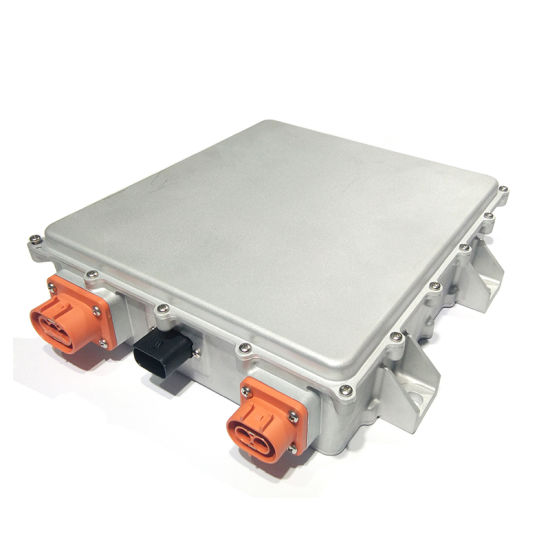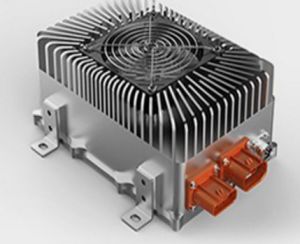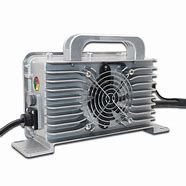If you speak to non-EV drivers, they'll inform you that the most significant obstacle to EV acceptance is absence availability of EV chargers. With the current infrastructure it isn't possible to connect to any place. A fear that you won't be able to recharge could discourage people and businesses from investing in electric vehicles to drive on a daily basis.

Variable prices, parking charges and restricted use times can cause problems for EV charging. However, using an EV isn't necessarily difficult or costly.
In this guide on charging your vehicle with electric power will cover the fundamentals including the different things that you'll require charging at work or at home and how to keep your car fully charged when you're traveling. We'll also discuss the length of time EV charging can take and the cost.
You can fully benefit of electric motoring when:
Home and Workplace Chargers
Public Electric Vehicle Charging Account
Excellent understanding of vehicle usage
Be aware of the time and cost needed to charge
EVs are most beneficial when the fuel (i.e. charging) costs are at a minimum and the access is simple.

Car charger for cars
The actual equipment for charging that is used to charge level 1 or the Level 2 charging is factory-installed and is known as"an "on-board charger". It converts AC energy from an outlet to DC in order to recharge the batteries within the vehicle. Charge speeds vary however the most popular charging onboard devices are 6.6 5 kW for batteries electric cars (BEVs) in addition to 3.3 5 kW for hybrid plug-in electric cars (PHEVs). DC fast charging operates an offboard charger that is its own.
EVSE
The word "EVE" means "Electric vehicle service equipment." It functions in the role of an intermediary between power sources and charging port of the vehicle, and is typically positioned on the wall or the pedestal. Its function is to securely relaying AC electricity to the automobile.
Level 1 charging
The most inefficient charging method. The majority of electric vehicles include an electrical cable that connects the car charger as well as to the standard domestic (120v) outlet. This can bring speeds between 2 and five miles/hour. Although it's not a lot in any way, it's designed intended for vehicles that are driven not more than forty miles per day and must be charged for overnight.
Level 2 charging
It can offer 200-240v power and connects to your car via the EVSE via the plug, or an outlet with 240V (similar as the ones your dryer or oven uses) which requires a cable or adapter. Chargers with Level 2 draw 80 amps and drivers can provide 10-65 miles of range in one time of charging. 
DC fast charge
In this instance this charger can be described as a gasoline pump-sized machine. There isn't any one standard for charging speed - Tesla has Supercharger networks; Nissan Leaf, Kia, and Mitsubishi make use of CHAdeMO to deliver the most rapid bumps as well as Chevy Bolt BMW, Volkswagen, etc. utilize SAE Combo (Combined Charging System or CCS). All of these quick chargers impart around 80% of charge in just 30 minutes. new charging options for faster charging are introduced to the market each year.
Next:Smart Charging for Electric Vehicles
Previous:Share the advantages of the best electric car charger
Contact Person: Miss. Kiki
| WhatsApp : | +8617763224709 |
|---|---|
| Skype : | +8617763224709 |
| WeChat : | +8617763224709 |
| Email : | kiki@lifepo4-battery.com |